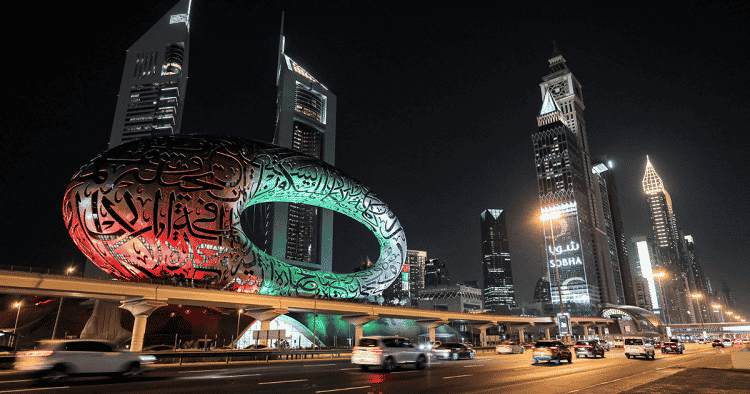When we talk about Dubai, flashes of scenic beauty, tall buildings, its ‘culture’, deserts, and food all pop up at once. But to make what Dubai represents now, there was a lot of rebranding and reframing done by the governing bodies to reflect, preserve, and promote its national identity. Committees like the Dubai Arts and Culture Authority, the Ministry of Culture and Youth, and the Federal Demographic Council have been working hard to reflect the country’s identity to the world.
The example of how the ‘Dubai Arts and Culture Authority’ has transformed its existence and lived up to the purpose of representing the authentic Dubai culture while welcoming the Gen-Y’s creativity and quirkiness is worth appreciation. It demonstrates the sheer perfection of how the best marketing research companies can change a country’s reputation across the world.
Let’s have a look into how this massive rebranding worked tremendously well to represent a whole nation:
History, Evaluation, and Goals:
History:
The Dubai Arts and Culture Authority was first established in the year 2008 by the Dubai Government. Until a decade ago, its brand awareness remained only 23% amongst the national residents. This proposed serious concerns in regards to maintaining and portraying the culture to the world. Bellwether, a branding consultancy, did a thorough evaluation of the critical factors and formulated rebranding strategies that worked wonders.
Evaluation:
After thorough research Bellwether reported a few primary concerns that were hindering the cultural reflection of the country.
- There wasn’t a clear idea of what the ‘Dubai Culture’ actually represents.
- The Authority itself was unsure of what cultural drivers (like heritage, museums, arts, theatre, etc) must be included in the country’s representation.
- A major part of the population took to shopping and musical events as perceptions of culture.
Goals:
Given the concerns stated above, the key goal was to unite the cultural differences and find a common ground that represents the age-old ideas about culture yet, subtly includes the changing generational ideology, creativity, and uniqueness.
Execution, Promotion, and Recognition:
Brand Intent:
Top qualitative research companies often perform audits, collect data, and curate executable plans that would help reach the goals. Bellwether went through the peculiarities to transform the brand intent and thereby worked to impact the brand identity. They discovered a one-liner solution for the cultural identity of the nation – ‘Creativity – The Culture of Now’.
Dubai demonstrates inclusivity and the new brand intent – creativity- was meant to describe how it welcomes, nurtures, and promotes a healthy environment that enables creativity to thrive.
Brand Reframing and Unity:
The next step was to align the internal differences in the Authority. There were people with varied opinions about cultural representation, where some valued the old traditions and were restrictive towards changes. On the other hand, some groups were quite open to the new cultural hints.
To promote unity, independence, and growth, Bellwether held workshops internally to discuss and propagate the message of working along the same grounds. Their unique solution was to divide the authority into four segments namely, being explorers, being guardians, being connectors, and being achievers. The idea behind these sections was to push people towards working independently on what drives their motives while being respectful towards others and collectively working to demonstrate unity.
Brand Representation – Logo:
The biggest challenge was to portray the positive rebranding through the Dubai Culture logo, where the symbol and color couldn’t be changed due to their association with the brand’s existence. Hence, Bellwether proposed the idea of highlighting the letter Alif which represented the subtle merge of different aspects of Dubai’s culture. It symbolizes the flexibility, unity, strength, and cohesiveness of all the brand’s elements.
Takeaway:
The Dubai Culture (Dubai Arts and Culture Association) proudly represents the country’s unique cultural strength in the most outstanding ways. Rebranding, when done right can bring massive changes to the brand’s reputation and performance. However, you require the keen eyes of the best marketing research companies to assess, analyze, plan, execute and promote the right actionable steps to make your brand shine – whether it is a country or a business.




